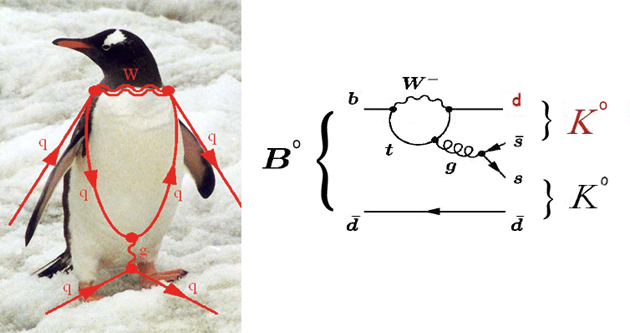Diagrams are usually thought of as a tool for displaying information economically, for enabling us to more easily parse the connections between ideas and events. But diagrams are also often used to opposite ends, to call into question the kind of thinking fostered by the overly rational organization of information. In this sense, the work of many artists, poets, and filmmakers might be understood as diagrammatical. Take, for example, Stuart Sherman, whose “spectacle” performances consisted of the artist rearranging inanimate objects on tabletops; he created semantic relationships but eschewed narrative, instead revealing “all the natural metaphorical resonances of an object.” Approaching the diagram in such a way—as an epistemological figure—means questioning the nature of relationships between things and how we perceive them, and how we understand our own subjectivity in relation to that process.
Participants will discuss how the diagram can break down conventional systems of signification and provide us with different ways of thinking about and acting in the world, and of making art. They may consider the role of transitiveness in contemporary painting; the humorous, mimetic diagrams of Ad Reinhardt; how chance operates in the work of Marcel Duchamp; how the circulation and disposition of images affects the way we relate to them; and how diagrams can draw a line between the body and the machine.
All A Are Not B is being held on the occasion of the publication of Materialität der Diagramme: Kunst und Theorie (On the Materiality of Diagrams: Art and Theory), published by PoLYpeN (Berlin) and edited by Susanne Leeb, with contributions by Ricardo Basbaum, Benjamin Buchloh, Bureau d’études, Bracha L. Ettinger with Birgit M. Kaiser & Kathrin Thiele, Astrit Schmidt-Burkhardt, and Amy Sillman.
Participants will discuss how the diagram can break down conventional systems of signification and provide us with different ways of thinking about and acting in the world, and of making art. They may consider the role of transitiveness in contemporary painting; the humorous, mimetic diagrams of Ad Reinhardt; how chance operates in the work of Marcel Duchamp; how the circulation and disposition of images affects the way we relate to them; and how diagrams can draw a line between the body and the machine.
All A Are Not B is being held on the occasion of the publication of Materialität der Diagramme: Kunst und Theorie (On the Materiality of Diagrams: Art and Theory), published by PoLYpeN (Berlin) and edited by Susanne Leeb, with contributions by Ricardo Basbaum, Benjamin Buchloh, Bureau d’études, Bracha L. Ettinger with Birgit M. Kaiser & Kathrin Thiele, Astrit Schmidt-Burkhardt, and Amy Sillman.
Participants
- David Joselit is the Carnegie Professor of the History of Art at Yale University. As a scholar and critic he has written about pivotal moments in modern art ranging from Dada to the emergence of globalization and new media. He is the author of Feedback: Television Against Democracy (MIT Press, 2007), Infinite Regress: Marcel Duchamp 1910–1941 (October Books; MIT Press, 1998), and American Art Since 1945 (Thames and Hudson, 2003). He contributes regularly to Artforum and Art in America and is an editor of October.
- Susanne Leeb is a postdoctoral researcher at the Collaborative Research Center at the Freie Universität Berlin, where she is working on a project on abstraction and the critique of modernity, and a guest professor of art history at the Art Academy in Nuremberg. She is also the co-publisher of PoLYpeN and a regular contributor to Texte zur Kunst.
- Prudence Peiffer is a lecturer and Mellon Postdoctoral Fellow in the Department of Art History and Archaeology at Columbia University. She specializes in modern and contemporary American art, with a particular emphasis on abstraction and artists’ writings. Her current book project explores the multifaceted oeuvre of Ad Reinhardt.
- Amy Sillman is a painter living in New York. Her work has most recently been shown in a solo exhibition at Captiain Petzel (Berlin), and in the past at numerous galleries and museums including the Hirshhorn Museum (Washington, D.C.) and the Whitney Museum of American Art (New York). Along with painting, Sillman writes occasional essays about art and other artists, draws comics, publishes a zine called The O.G., and teaches at Bard College’s Milton Avery Graduate School of the Arts.
- PolYPeN was founded in 2007 by Sabeth Buchmann, Helmut Draxler, Clemens Krümmel, and Susanne Leeb and is published by Berlin’s bbooks. Past publications include Tom Holert, Regieren im Bildraum; Félix Guattari, Die Couch des Armen: Die Kinotexte in der Diskussion, edited by Aljoscha Wescott and Nicolas Siepen; Jacques Rancière, Die Aufteilung des Sinnlichen; and Helmut Daxler, Gefährliche Substanzen: Kunst und Kritik.
